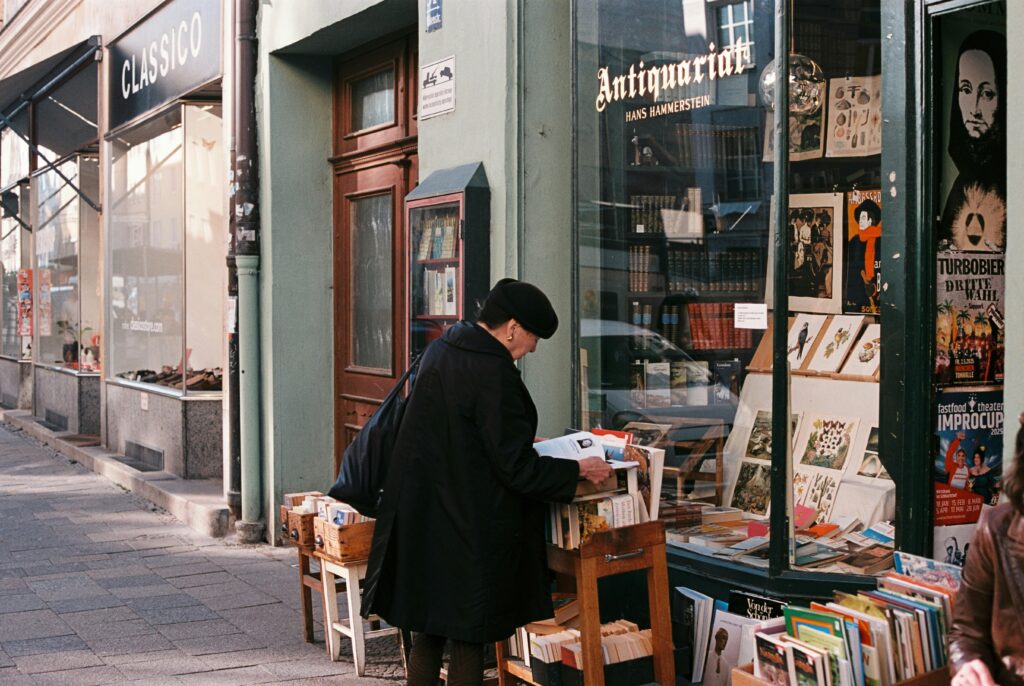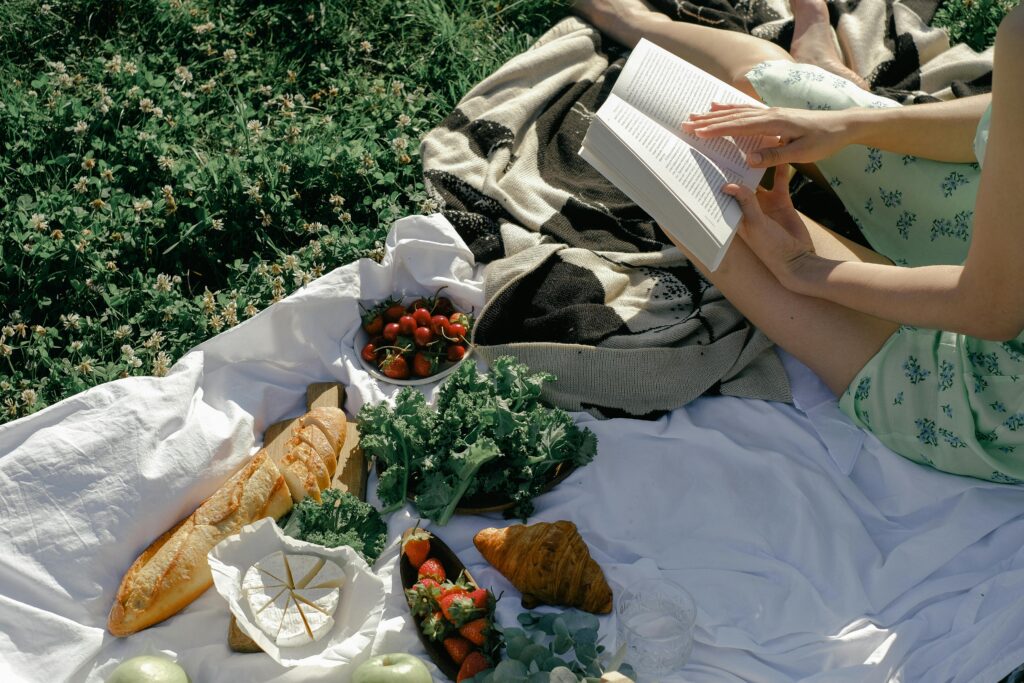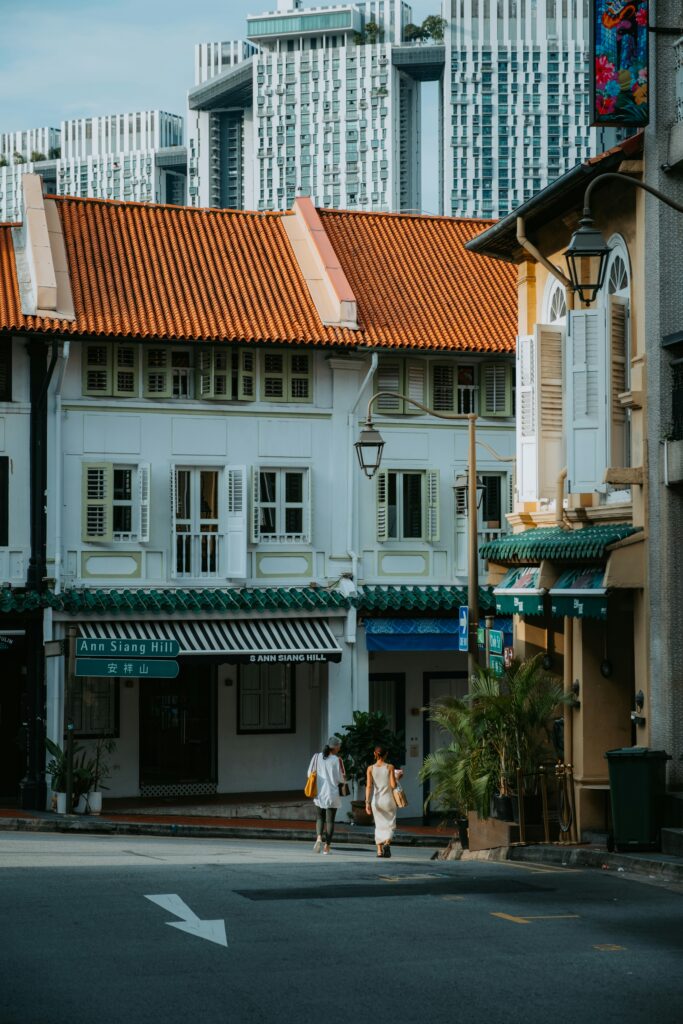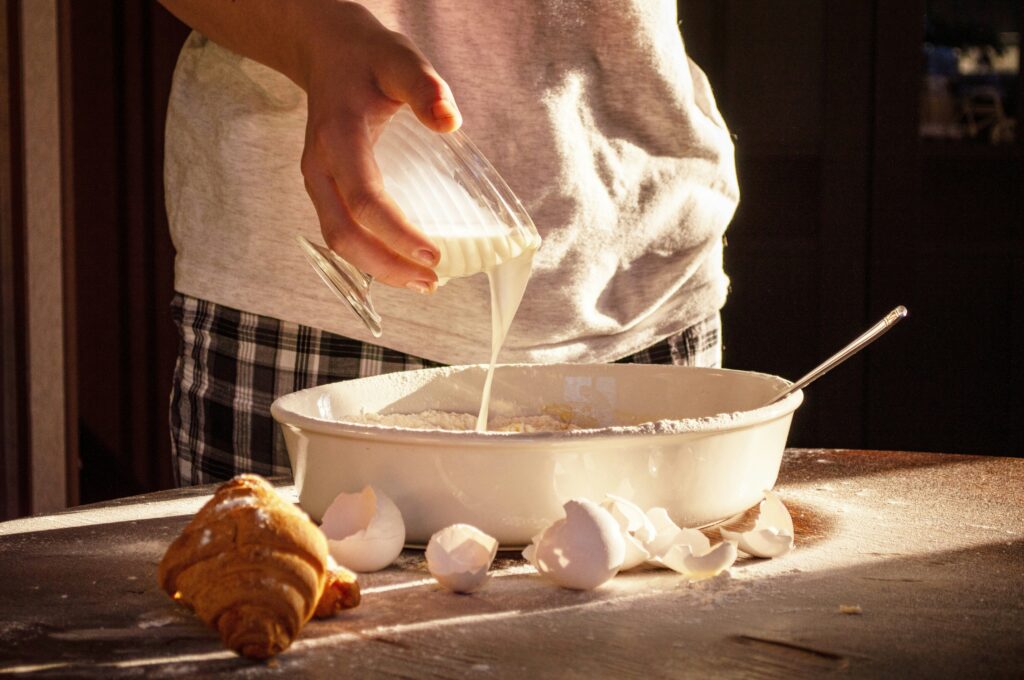Discovering Grace, Balance, Intentionality Amidst The Hustle
In a society that worships speed, hustle, and constant connection, the concept of slow living is both a provocation and a refuge. Especially in urban cities; those frenetic, noisy cities that pulse with potential and over stimulation, with the philosophy of slow living offers a gracious, intentional path to reclaiming the pace of life. Though cities seem to be built for efficiency and immediate gratification, they are also fertile ground for cultivating a slower, more refined way of life. The key is to live life with mindfulness, refinement, and a clear sense of values.
I was born in the beautiful, buzzy, cosmopolitan city of Singapore and lived there most part of my life. For the last 18 years, I have been expatriating – across two continents, to be exact; our destinations have always been cities. Currently, we are based yet in another city, Kuala Lumpur, Malaysia. Our home in Kuala Lumpur is a colonial-syled townhouse smacked right the middle of the city centre, the Golden Triangle, they call it. I’ve always described it as “our own little sanctuary” because despite the location, we have made the space and our lifestyle rituals that can only be described as sanctuarial.
What Is Slow Living?
Slow living is a lifestyle philosophy that encourages a more mindful and deliberate way of living. It is quality rather than quantity, presence rather than productivity, and depth rather than breadth. It does not mean giving up ambition or avoiding success. Rather, it means redefining those as ideals in terms that are consistent with inner peace and personal well-being. It was started as a response to fast-food culture during the late 1980s but has evolved to become an overreaching lifestyle. It now extends to how we work and consume and how we engage, dress, commute, and furnish our homes. Slow living literally asks us to be present in the moment but also to select and create what’s around us and with which we engage so that we continue to be in harmony and beauty.
Why Slow Living Matters in the City
City life is a hurry-up affair. The morning commute, the 24-hour delis, the ubiquitous notifications – it all encourages urgency and anxiety. This perpetual busyness, which at times might be productive, can be corrosive to health, creativity, and relationships. Urban slow living is not something about retreating to the suburbs or giving up all the comfort of modern life. It’s about choosing how to engage in the city, rather than getting swept up in it. It’s about living stillness amid chaos, presence amid distraction, and peace in motion.

Here’s Why That Matters
1. Mental Clarity and Emotional Balance
Urban environments are inherently overstimulating. Habitual exposure to noise, screens, and social pressure can overwhelm the nervous system. Slowing down makes for mental de-cluttering, emotional realignment, and spiritual anchoring.
2. Sustainable Living
Cities can be surprisingly open to green choices if approached with care. Slow living encourages mindful consumption, local support, and thoughtful mobility; all of which contribute to a more sustainable city environment.
3. Better Relationships
Brisk life has a tendency to debase the worth of human relationship. Slow living invites meaningful conversations, considerate gatherings, and more profound relationships that blossom without stepping into the shallowness of comments and likes.

4. Transcendent Aesthetic and Experience
Slow life can enhance, not undermine – style, refinement, and accomplishment. When you slow down to get dressed well, cook mindfully, furnish with awareness, and converse with attention, life begins to acquire a subtle luxury.
Slow living is not doing less, but doing better, more beautifully, and in the present moment.
Here‘s how to introduce slow living into a city life, with class and grace.
1. Curate Your Mornings
Start your day with intention, not with desperation. Replace the jarring alarm and email-scan ritual with something more soothing. This could be a cup of herbal tea on the balcony, a journal entry, or 15 minutes of gentle stretches to the listening of soft music.
Dress intentionally; not in a vain, but in a self-respecting and present sense. Prioritize quality over quantity in your closet. Classic, well-tailored pieces in high-quality materials project confidence and ease.

2. Make Spaces of Calm
Regardless of how small or lofty your space, your home is your refuge. Clothe the space with tone and texture to promote a soothing mood; soft hues, organic textures and warm light.
Introduce moments that slow you down – a reading nook, a clutter-free desk, and plants-on-the-window-sill.
Even city noise can be dampened by considerate design—use curtains, rugs, and cushions to muffle sound and enhance peace.
3. Redefine Productivity
Slow living is not sloth; it’s intentional productivity. Set your day according to what is most important to you. Make deliberate use of technology—schedule breaks, batch emails, and prioritize deep work over multitasking. Have lunch away from the screen. Venture outside. Find a quiet space or park bench. Savour your meal instead of shovelling it over the course of meetings. Make slowness a symbol of self-worth.
4. Prioritise Mindful Movement
You don’t have to zip from one destination to another in order to be productive. Practice walking as meditation Take advantage of your commute to notice the city’s quiet spots; the buildings, the first blooms, the strangers who pass by. Explore low-impact, elegant exercise regimens such as yoga, tai chi, or Pilates. These routine increase body awareness, decrease stress, and raise posture – gracing your physical presence in the world.

5. Implement Everyday Rituals
Slow living depends on rituals. Make your coffee in a French press. Light a candle prior to sitting down for dinner. Use linen napkins. Take your skincare process and make it a spa. These minute, sensory treats enrich your day and transform the mundane into an elevation.
6. Mindfully Disconnect
Digital noise is maybe the biggest challenge to slowness in city life. Create screen-free spaces and times. Read a book instead of scrolling in bed. Have real conversations over dinner. Luxury is attention, and your undivided attention is a valuable and beautiful gift.
7. Support Local and Artisanal
Choose slow fashion brands, local cafés, locally handmade products, and farmer’s markets over convenient fast options. This not only supports community and sustainability, but also keeps you reminded of the human hands and stories that lie behind the things you consume.
8. Say No with Grace
Living slowly is not about saying yes to everything. And that is okay. Say no to parties that drain you. Back away from trends that don’t resonate with you. Establish boundaries not as walls but as gates through which only harmonious energy can flow.
The Poise of Stillness in a Moving World
Slow city living, finally, is a form of art. It is a choreography of intention, simplicity, and style danced in response to the rhythm of modern life. It allows us to sense time as friend, not taskmaster. It takes us back to the very essence of living well—not just getting more, but being more.
The city isn’t a place of stress, but a context for beauty. You stand just a little bit taller. You speak just a little bit softer. You deal with the world not just in urgency, but in refinement. Slow is majestic. It is the rhythm of being here, the beat of grace, and the elegance of one who knows they are already whole.







